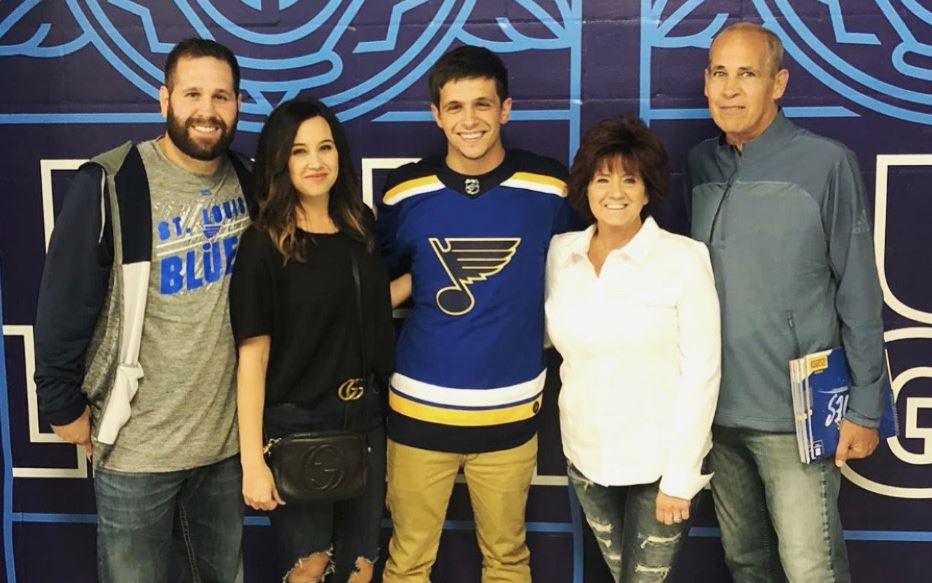When 56-year-old Tim Thomas was told he had lung cancer, he admits he didn’t react the way most would expect – that was until he looked at his son.
“I don’t think I really said anything. I didn’t get emotional; I was just kind of numb and in disbelief. I just kind of sat there,” he recalled. “That was until I looked over at my 16-year-old son who had come with me. He was crying. That’s when it really hit me. That’s when I lost it.”
Where It All Started
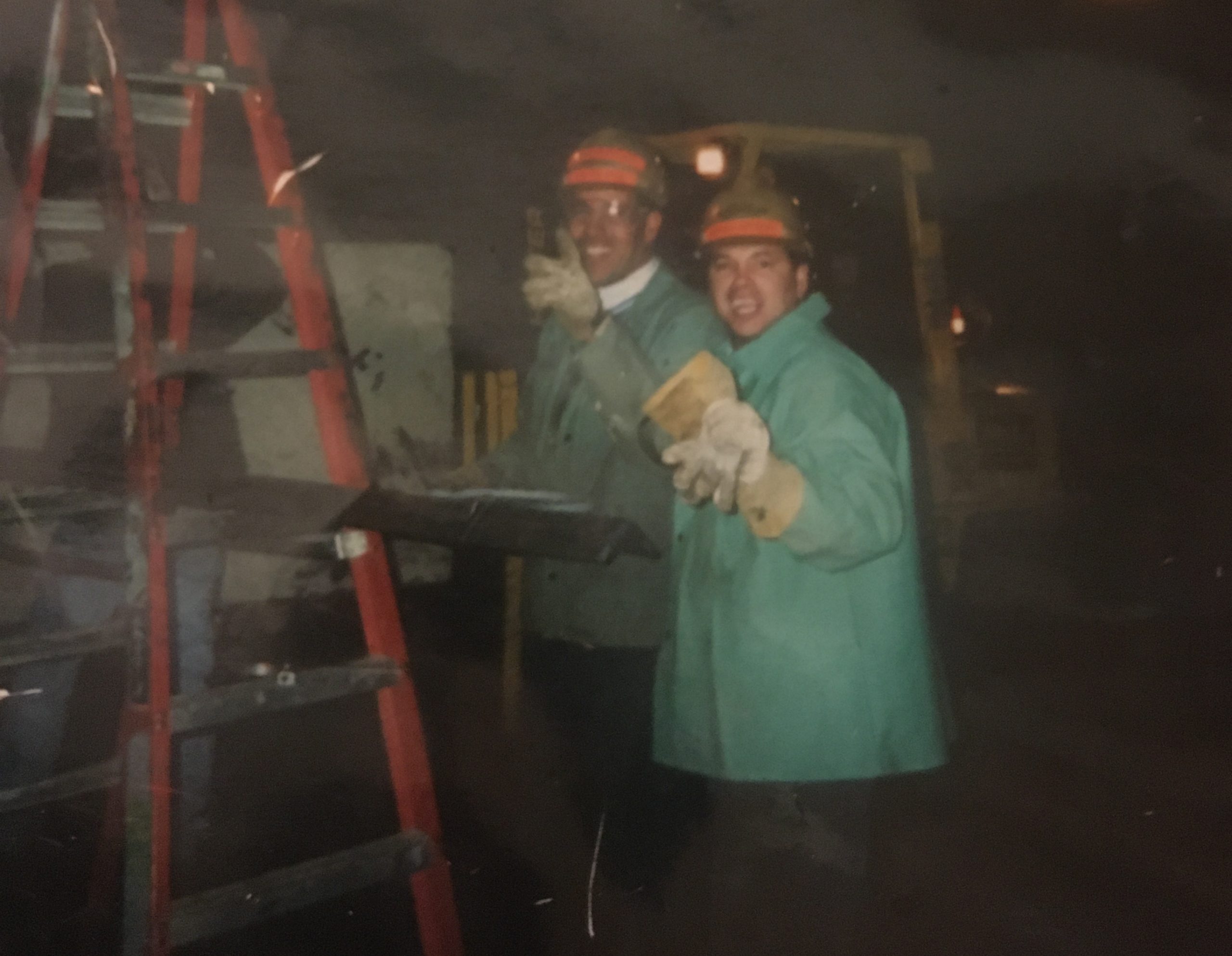 Tim grew up in St. Louis. He lived for sports, playing basketball, football and baseball while in school. After graduation, he decided he wanted to follow in his father’s footsteps – he wanted to be a union pipefitter.
Tim grew up in St. Louis. He lived for sports, playing basketball, football and baseball while in school. After graduation, he decided he wanted to follow in his father’s footsteps – he wanted to be a union pipefitter.
“I grew up watching my dad and how hard he worked. The brotherhood he had in the union was something I really wanted,” Tim said. “He worked with his hands, he was surrounded by friends, and he loved what he did. Why would I want anything different?”
A week after graduation, Tim joined the roofers union. A few years later, in 1986, he was finally a pipefitter. He found the brotherhood he had been looking for and a job that allowed he and his wife, Wendy, to comfortably raise three children. If you ask him, he had it made.
“We had great kids that were really involved in different things and kept us busy,” he said. “My life consisted of working and raising a family. It was a simple life, but it was my life, and I loved it.”
A Little Shoulder Pain
In June 2016, Tim woke up with pain near his shoulder blade. He chalked it up to a pulled muscle, or that he had slept on it wrong, and went about his week. But in the months that followed, his pain got worse. By November, it was unbearable.
“It felt like someone was driving a knife through my back with every move I made,” he said. “I had tried to work through it as much as I could, but I just couldn’t take it anymore. I finally went to the ER.”
His initial visit didn’t offer any relief – doctors gave him some pain medication and sent him home. But he was back the next day, refusing to leave until he could get additional tests done. When doctors finally did an X-ray, the results confirmed that Tim wasn’t suffering from a pulled muscle.
“They came back and said I had a large mass, about the size of a baseball, on my lung. It was also attached to my rib,” he said. “By the same time the next day, I was seeing an oncologist.”
After more tests, the oncologist confirmed Tim had Stage 2 lung cancer.
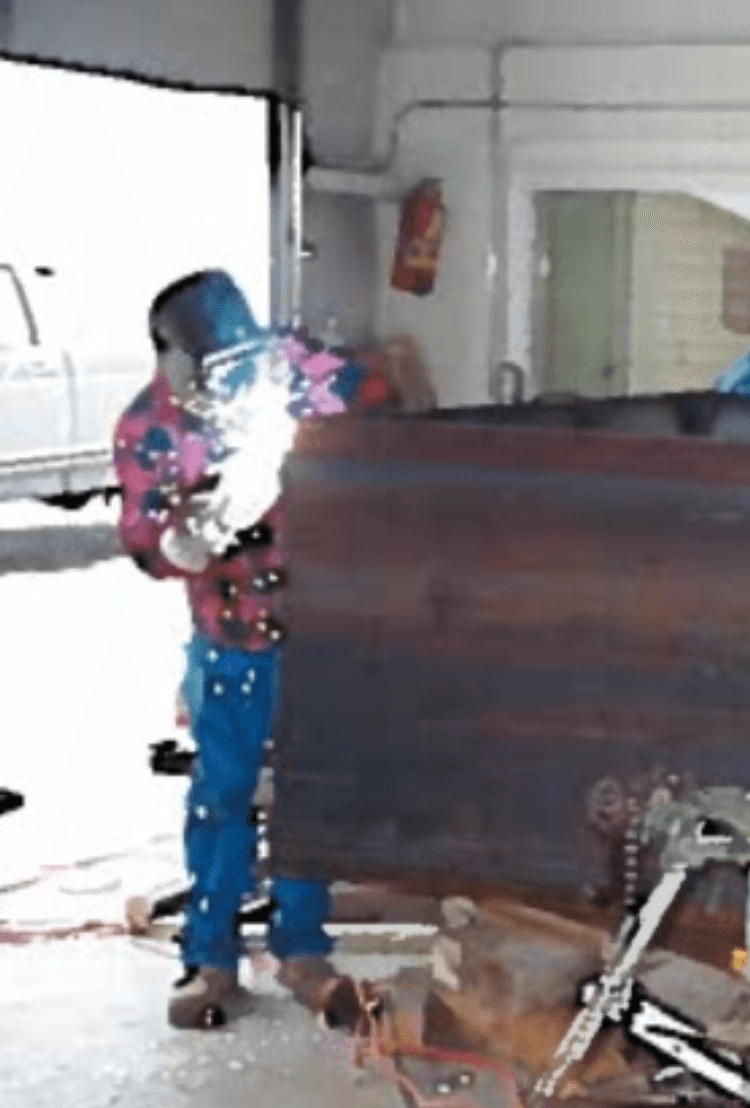 “He told me I was really lucky that the mass was attached to my rib. If it wasn’t, I wouldn’t have felt so much pain and I probably wouldn’t have caught it until it was too late,” he said. “So if there was anything positive about all this, that was it.”
“He told me I was really lucky that the mass was attached to my rib. If it wasn’t, I wouldn’t have felt so much pain and I probably wouldn’t have caught it until it was too late,” he said. “So if there was anything positive about all this, that was it.”
What followed was a grueling treatment schedule. Countless meetings with doctors, specialists and surgeons, and six-hour chemotherapy sessions immediately followed by radiation. After weeks of treatment, additional scans showed the mass was shrinking and Tim was eligible for surgery.
“They removed the mass and part of my right lung,” he said. “I was in the hospital for 12 days, and at that point, I was still hopeful I could go back to work. I wanted that part of my life back.”
After his initial recovery, Tim quickly realized that dream wouldn’t become a reality.
“When I did try to go back, it was too much,” he said. “I had no energy, everything was painful, and I couldn’t do my job the way it needed to be done. The guys around me had to help me do everything. It was really hard on me. Real hard. I couldn’t live my life like that and have people do my job for me.”
By July 2017, he had to quit the job he loved for good. Unfortunately, there was more bad news to come.
Not Over Yet
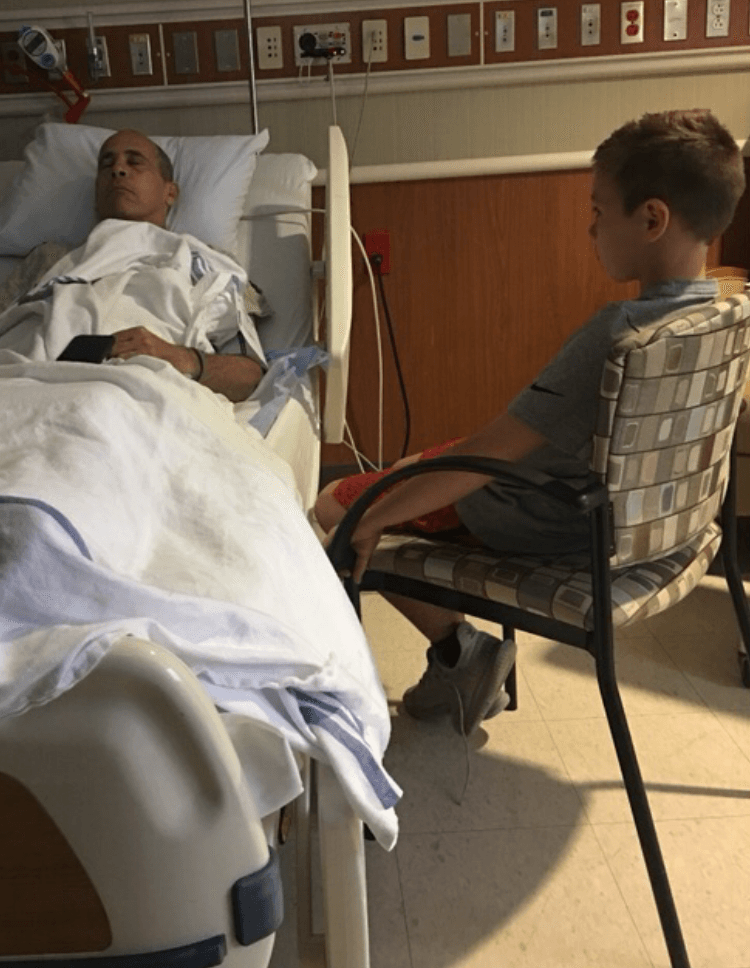 Not long after Tim quit working, he began experiencing pain in an area he hadn’t before. He returned to the hospital, and after additional scans, doctors came back with the news he had feared the most.
Not long after Tim quit working, he began experiencing pain in an area he hadn’t before. He returned to the hospital, and after additional scans, doctors came back with the news he had feared the most.
“My lung cancer had spread. They found another mass, this time attached to my adrenal gland – and it was Stage 4,” Tim said. “I heard that and immediately thought it was a death sentence. I was terrified.”
What’s worse, the mass was wrapped around a major artery, making it inoperable. Tim went through additional rounds of chemotherapy and radiation, but that was all doctors could do for him.
“After all of that, the mass shrunk a little, but it’s still inoperable,” Tim said. “It’s still there. I have scans done every six months and hope it doesn’t grow. It’s a hard thing to have hanging over your head, to be constantly worrying about. But we manage the best we can.”
The Culprit
Tim’s lung cancer diagnosis was devastating, but as he’d find out, so was its cause.
Tim’s work as a pipefitter took him to industrial and commercial building sites all over the St. Louis metropolitan area where he was regularly exposed to asbestos, a naturally occurring mineral that is known to cause cancer. He later learned that his father had inadvertently exposed him to it, too. Day in and day out, Tim’s father worked hard for his family but was unknowingly bringing asbestos fibers home on his clothes, body and truck where Tim inhaled them as a child. No amount of asbestos exposure is safe – and Tim had been exposed to it both as a child and as an adult.
For decades, well-known companies used asbestos in thousands of products because of its fiber strength and heat resistance – even though they knew it caused cancer.
“They knew they were using something that caused cancer and did it anyway,” Tim said. “What I’m going through could have been prevented. It didn’t need to happen.
“I worked around asbestos for 30 years,” he continued. “I didn’t even know what it really was or that I had to worry about it. You’d hear the older guys talk like it wasn’t that big of a deal, so I just went about my work. If I knew then what I know now, I don’t think I’d be talking to you today.”
Despite being a known carcinogen, the U.S. has failed to impose a full ban of asbestos, making exposure a viable risk to this day.
Living With Cancer
For Tim, the worst part of living with cancer is dealing with such a different way of life.
“There are a lot of side effects from all I’ve been through – I’m constantly in some kind of pain, my immune system is shot because of all the radiation, and I get winded really easily,” he said. “After being so active for so long, I can’t tell you how difficult it is to sit all day. To not be able to live the life I want to live. It’s hard not to feel useless.”
The one thing that keeps him from feeling that way – his friends, family and union brothers.
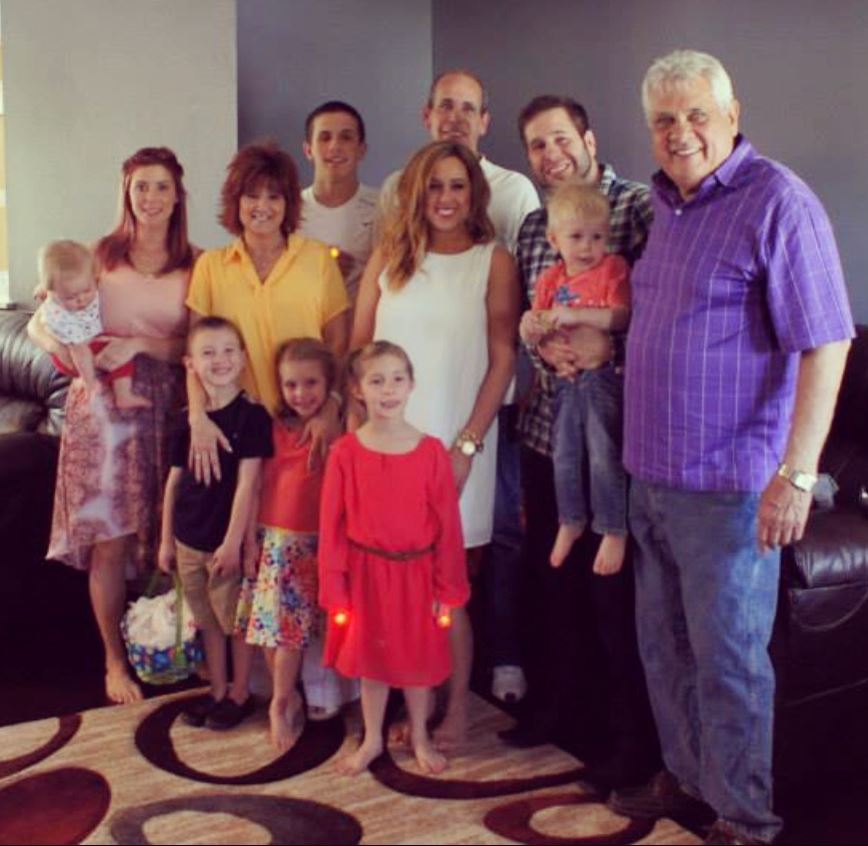 “Wendy, the kids, and my friends keep me going,” he said. “I’ve got them and six beautiful grandbabies that make life worth living – even if that life doesn’t look like I had imagined it to.”
“Wendy, the kids, and my friends keep me going,” he said. “I’ve got them and six beautiful grandbabies that make life worth living – even if that life doesn’t look like I had imagined it to.”
When asked what advice he’d give to others struggling with a lung-cancer diagnosis, his answer is simple.
“Stay positive,” he said. “I know it’s difficult, but you have to. Wherever you can find that positivity, find it so you can keep going. There is always someone that cares about you and needs you to keep going.”
When Tim finds it especially difficult to keep going, he remembers something Wendy told him when he was first diagnosed.
“She looked at me and said, ‘We’ll get through this,’” he said. “It was really simple and to-the-point, but she was right. We are getting through this. And I believe we’ll keep getting through it, too.”
